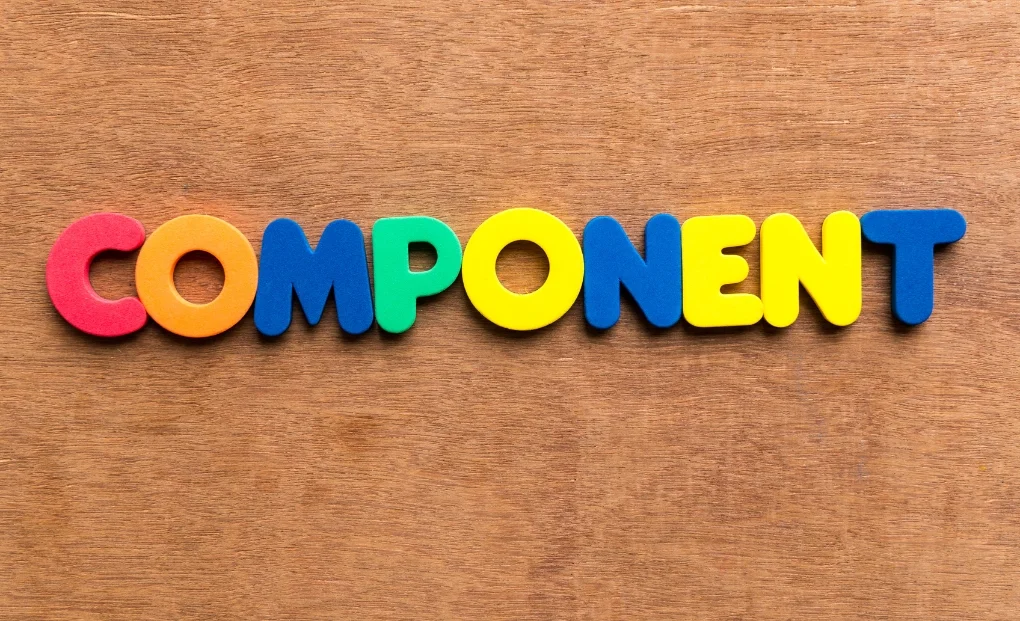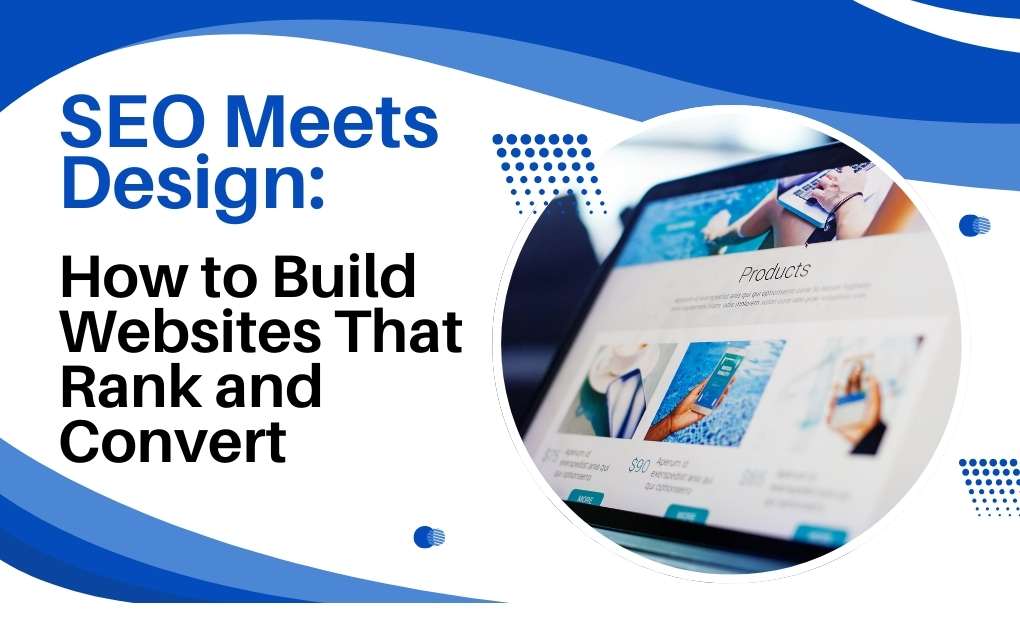Many companies struggle to strike a balance between SEO’s demands and web design’s looks. Success in a digital environment growing more competitive depends on having a web site design company website that not only ranks highly on search engines but also grabs visitors with its design. This blog will go over techniques to design a website that not only increases search engine results but also turns visitors into devoted consumers.
Why Is SEO Crucially Important for Creating a Website?
Raised Profile
SEO guarantees that your website shows relevant search results, facilitating the discovery of you by possible clients. People are more likely to visit your page the higher your ranking.
Improved User Experience
A well-optimized website benefits your users as much as it does search engines. Fast load times, mobile-friendliness, and simple navigation—all SEO techniques—help to make your site more fun to use.

Establishing Conf Credibility And Trust
Highly ranked on Google websites are sometimes considered more reliable. When your website satisfies Google’s criteria, consumers get the impression of reliable information or product sources. Once your site is optimized, it can keep drawing traffic and expand your company over time, free from constant expenses.
Some Web Design Strategies That Improve Search Engine Optimization
Building a website that ranks well calls for more than just including keywords. It calls for focused attention to several important web design aspects that greatly affect SEO. These are the building blocks of a good website, not only technical ones.
Mobile Responsiveness
Google gives sites that are mobile-first priority. That’s so because more and more people search the web using their phones. You are losing a lot of possible visitors if your site does not look appealing or operate on a mobile device. Mobile responsiveness ensures that your website fits many screen sizes, so giving users on any device a seamless and pleasurable experience.
Navigating Easily for Users
Imagine entering a store where the aisles are disorienting, and nothing is labelled. You most likely would leave rather fast. Websites are the same in this regard. Your visitors will not stay around if they cannot quickly locate what they are looking for.
The framework of your website should be clear-cut. Simple navigation motivates users to stay longer—a good indication to search engines—and helps them find what they are looking for.
Perfect On-Page Components
Using pertinent keywords in your headers, meta tags, and image alt text—on-page SEO—is known. Though they seem little, these components are very important in allowing search engines to grasp the nature of your material. Done correctly, they can improve your ranking and increase the attractiveness of your website to search engines as well as users. In your headers, meta tags, and image alt text, include pertinent keywords. These on-page components enable search engines to recognize your content and rank it appropriately.
Superior Content
Content rules at the end of the day. The material of your website must be excellent, pertinent, and worthwhile for your readers. This means developing material that answers your visitors’ questions, solves their problems, and keeps them returning for more rather than merely stuffing your pages with keywords.

How Does Web Design Change Under SEO?
More often than you would believe, SEO affects web design in more than one way. It’s about how your site is constructed, organized, and presented to search engines and users, not only about sprinkling keywords throughout your content. Here are several important areas where SEO shapes design:
Structure of Content
Content with an SEO-friendly structure is easily readable and understandable. This calls for short paragraphs, bullet points, and well-defined headings. It also means putting your most critical material above the fold, where search engines and users may quickly access it.
URL Organization
Not only are search engines more easily able to crawl clean, descriptive URLs, including pertinent keywords, but they also make more sense for users.
Site Planning
Well-considered site architecture guarantees that every one of your pages is logically arranged and easily accessible. This not only enables users to locate what they are looking for but also facilitates search engine crawling and indexing of your website.
Conclusion
Considering SEO in all facets of your web design process will help you produce a site that not only looks great but is also quite successful in generating traffic and visitor conversion. Recall that the aim is to create a search engine-friendly and user-friendly website to guarantee maximum visibility and interaction.
